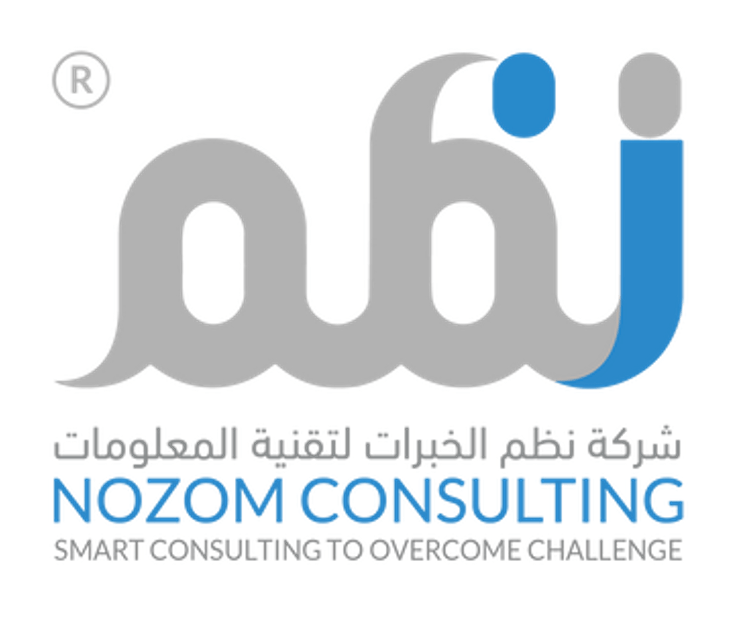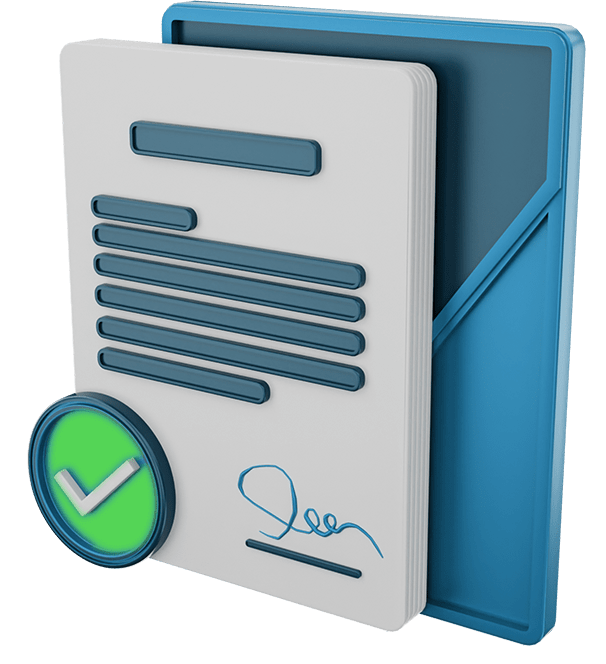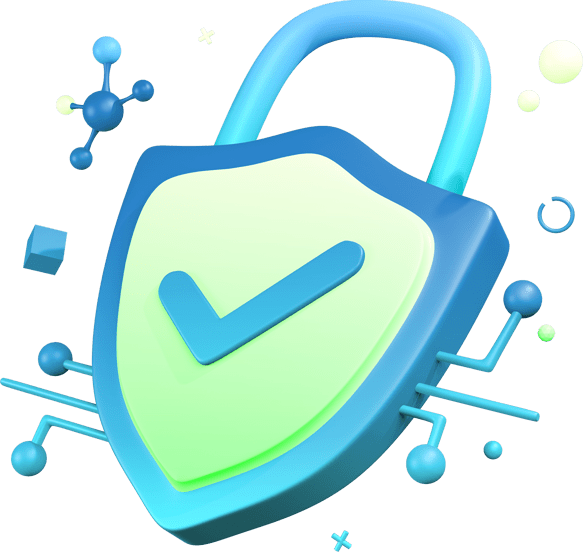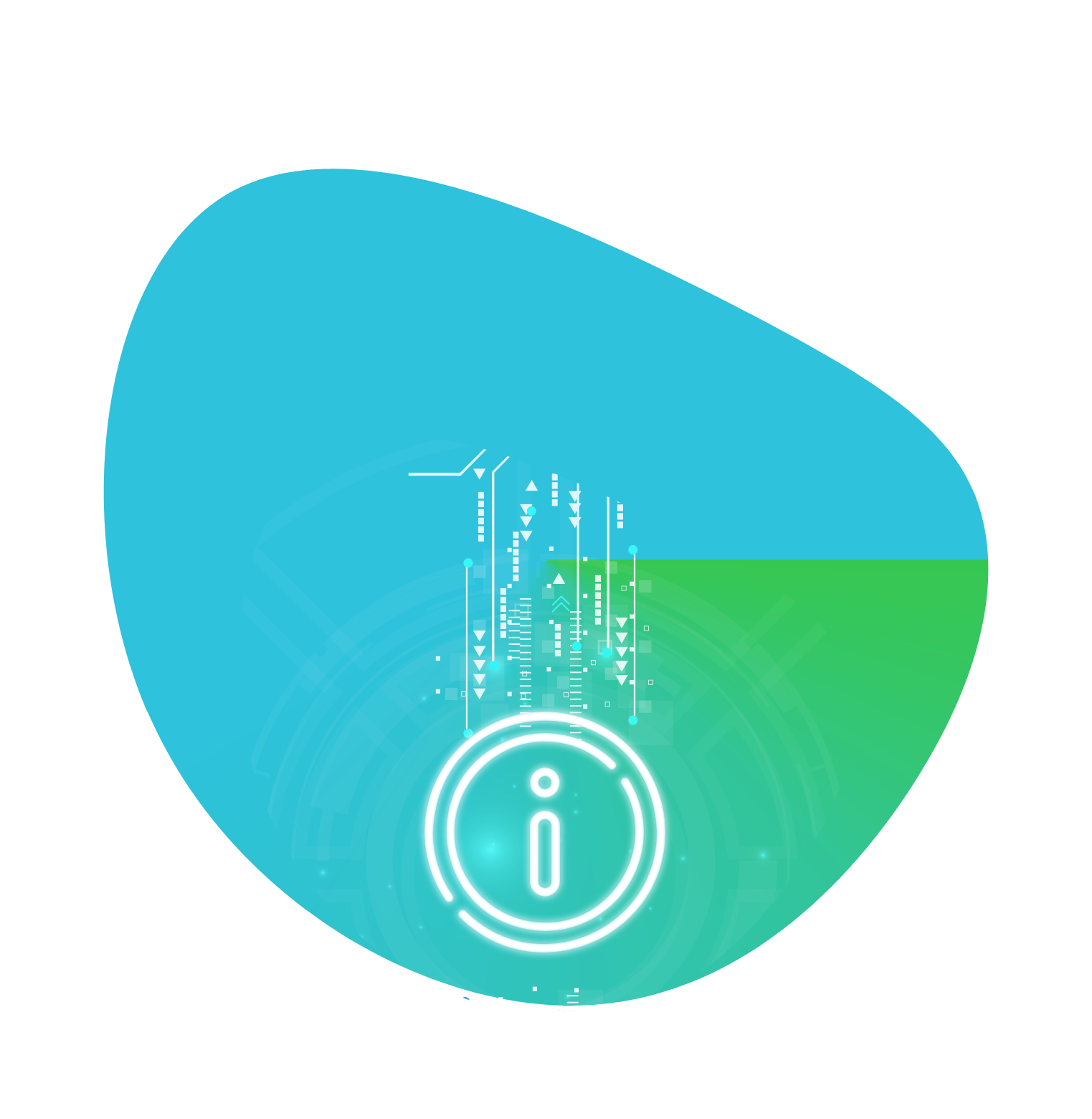Enterprise Architecture
Architecture turns strategy into repeatable design and delivery. This section connects capability-led strategy, a clear framework and governance, reusable reference models, as-is/to-be transitions, and a pragmatic repository, so change is faster, decisions are consistent, and evidence is easy to audit.
What we deliver
- Strategy you can execute: Capability map, target state, and a sequenced roadmap tied to outcomes and technical-debt choices.
- Method and governance: Fit-for-purpose framework, metamodel, viewpoints, standards, and a risk-based ARB with decision logs.
- Reusable blueprints: Business/data/application/technology reference models and patterns that speed design and improve interoperability.
- Baseline, target, transition: Clear as-is/to-be packs, gap analysis, and a transition roadmap linked to the portfolio.
- Operating repository: iServer/iServer365 configured with catalogs, views, standards, workflows, and dashboards.
- Public-sector alignment (when needed): NORA-mapped artifacts and accreditation readiness.
Our services
- Enterprise Architecture Strategy: Define intent and principles, map capabilities, set the target state, and produce a benefits-linked roadmap with light governance.
- Enterprise Architecture Framework: Establish method, metamodel, viewpoints, standards, ARB governance, repository workflow, and quality checks.
- Enterprise Architecture NORA Certification: Gap assessment, artifacts by stage, evidence packs, mock review, and submission support to meet DGA expectations.
- Enterprise Architecture REFERENCE MODEL: Build BRM/DRM/ARM/TRM with integration/security patterns, change control, and reuse in the repository.
- Enterprise Architecture As-is and to-be architecture: Capture baseline, design target, trace decisions, and plan transition architectures with portfolio linkage.
- Enterprise Architecture Solutions (iServer): Configure iServer/iServer365 for catalogs, ArchiMate® views, standards, ARB workflow, Microsoft 365/Power BI dashboards, and NORA evidence mapping.
Why clients choose this approach
- Consistent decisions, less rework: Standards and reference models reduce variation and speed design reviews.
- Traceability end-to-end: From capability to platform, with decision and exception logs in the repository.
- Execution visibility: Roadmaps, gates, and dashboards show progress, risk, and value—usable in portfolio forums.
- Saudi alignment where applicable: NORA-ready artifacts and accreditation support for public entities.









